When you say “Native American” at the New York State Fair, chances are good that you mean the six nations of the Haudenosaunee Confederacy, popularly called the Iroquois. 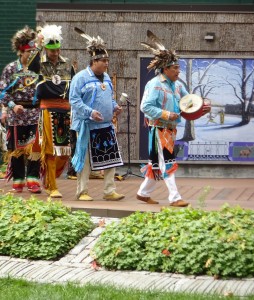 Native Americans Day is observed Friday at the Fair.
Native Americans Day is observed Friday at the Fair.
The French word “Iroquois” is familiar to most New Yorkers though it’s not the historically accurate term for the allied nations–the Cayugas, Onondagas, Oneidas, Mohawks, Senecas and Tuscaroras.
At least we’re not saying “Indian” anymore. Still, maybe we should learn to say Haudenosuanne, pronounced “ho DEN o SHAW nee.” It means “The People of the Long House,” in reference to the bark-covered shelter of their ancestors.
A long-held misconception is that the history of North America started with the arrival of the Europeans, but for centuries before the English, French and others arrived on the hills and waters of what is now Central New York, the Haudenosaunee people were thriving on the land. 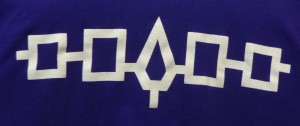 Called Ongwehonweh or “original people” it was the Haudenosaunee who helped the early settlers to learn to live in the northeastern part of the continent.
Called Ongwehonweh or “original people” it was the Haudenosaunee who helped the early settlers to learn to live in the northeastern part of the continent.
While visiting the village, you will probably see the Hiawatha belt, a linear drawing with a tree figure representing the Onondagas in the middle, surrounded by four rectangles representing the Seneca, Cayuga, Oneida and Mohawk. The Tuscaroras became the sixth nation in the confederacy later. Each nation maintains its own council with Chiefs chosen by the Clan Mothers as Iroquois women held significant power under their system of government.
Looking at the many fundamental characteristics of the 21st century State Fair, you can certainly say that it wouldn’t be our Fair without the indigenous inhabitants of our neighborhood. The Six Nations are the original custodians of this beautiful land and it wouldn’t be the Fair without them. Every day they present native dancers, festooned in colorful and finely-detailed costumes, performing historically-significant, traditional dances on the turtle mound stage.
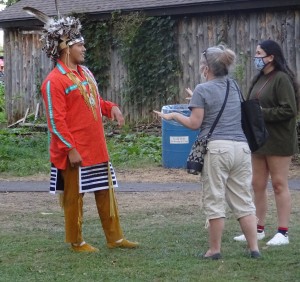 Often described as the oldest participatory democracy on Earth, the Haudenosaunee Confederacy’s system of government was a model for the American Constitution. What makes it stand out as unique to other systems around the world is its blending of law and values. For the Haudenosaunee, law, society and nature are equal partners and each plays an important role.
Often described as the oldest participatory democracy on Earth, the Haudenosaunee Confederacy’s system of government was a model for the American Constitution. What makes it stand out as unique to other systems around the world is its blending of law and values. For the Haudenosaunee, law, society and nature are equal partners and each plays an important role.
The bucolic serenity of the mini-reservation features home-cooked meals, 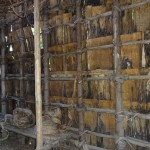 prepared in the cook house surrounded by huts featuring Six-Nations craft vendors and exhibitors. Knowledgeable Fair visitors treasure the village as a peaceful oasis, shaded by the leaves of ancient trees. A replica of a longhouse is a fascinating piece of authentic native history. Recent landscaping updates, a rebuilding of the Turtle Mound and installation of cushioned walkways have beautified the village grounds.
prepared in the cook house surrounded by huts featuring Six-Nations craft vendors and exhibitors. Knowledgeable Fair visitors treasure the village as a peaceful oasis, shaded by the leaves of ancient trees. A replica of a longhouse is a fascinating piece of authentic native history. Recent landscaping updates, a rebuilding of the Turtle Mound and installation of cushioned walkways have beautified the village grounds.
While you’re there, be sure to pick up a one-dollar bottle of water in the courtyard.
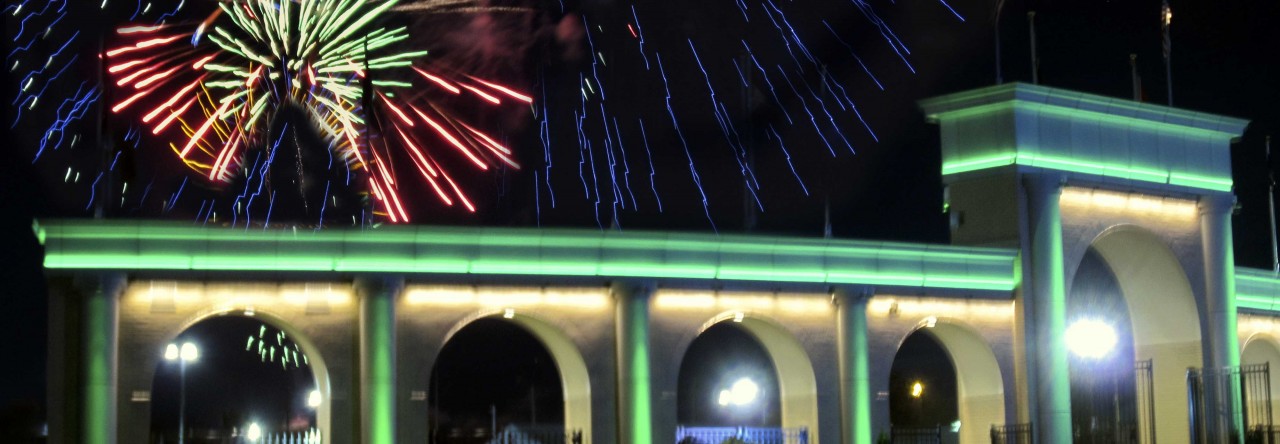
Leave a Reply